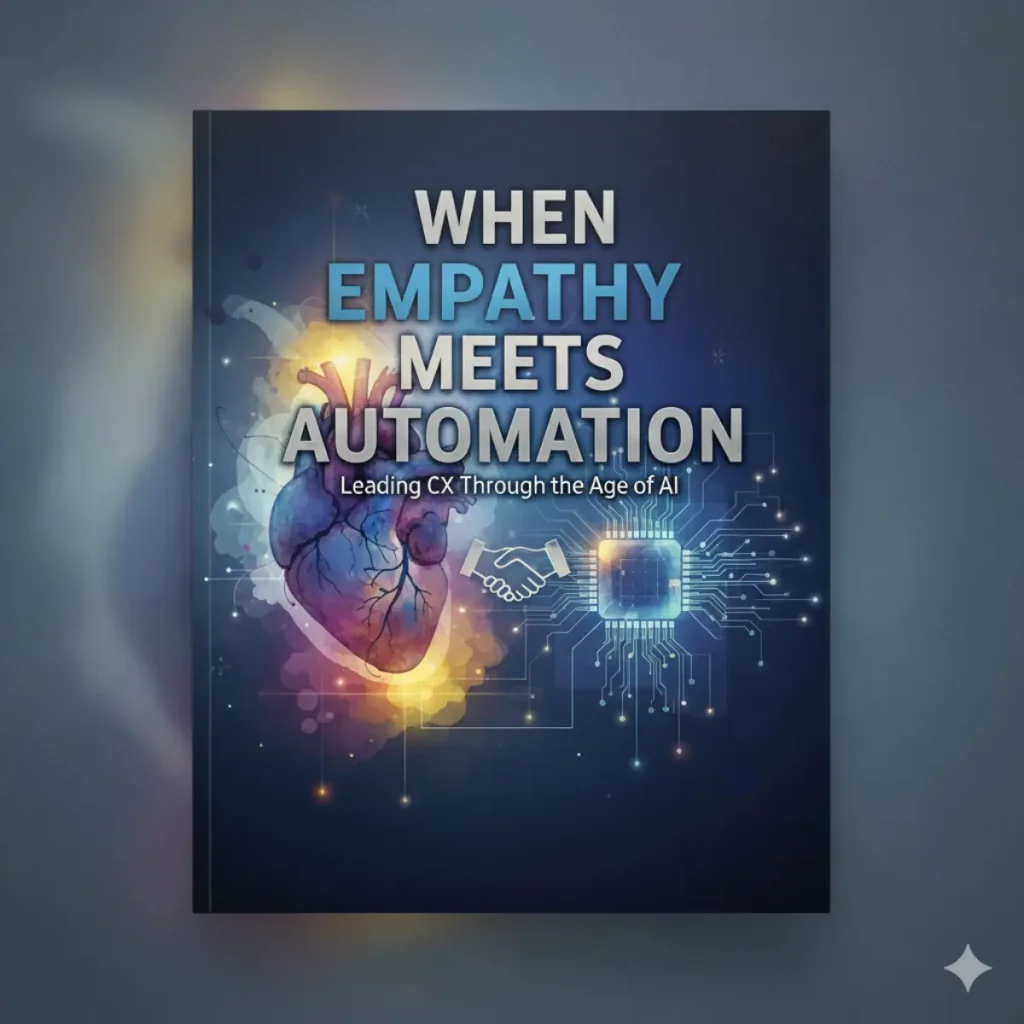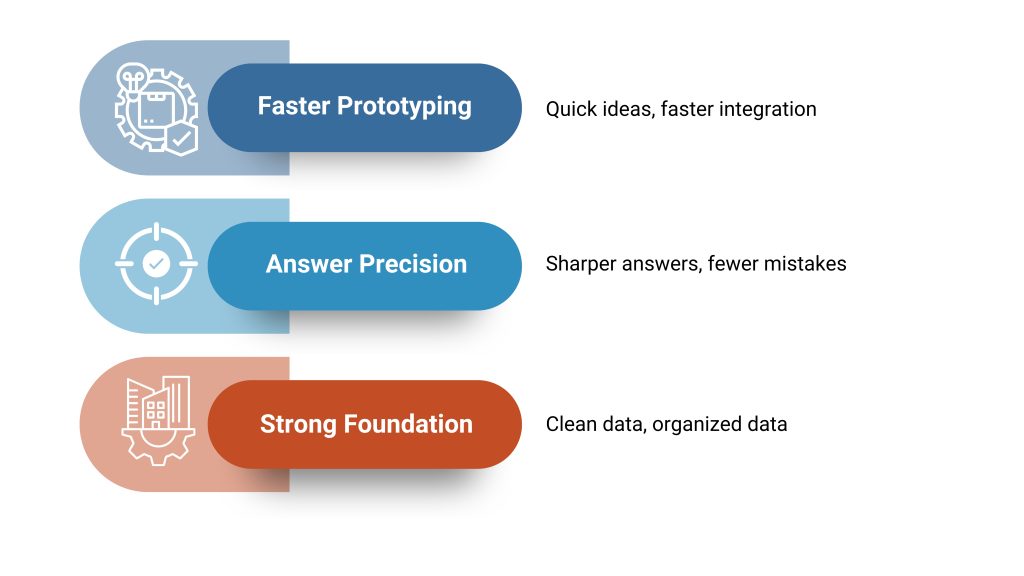Many companies, especially SMEs in Central Europe, face severe challenges today. For example, a dynamic business environment, finding qualified employees,[1] reduced response time to customer requests while maintaining high service quality at the same time. Employees are often tied up in manual and time-consuming repetitive back office activities like processing emails, looking up information and handling IT systems. IT-driven process automation is key to cope with these challenges. Automated processes are much more likely to produce repeatable high-quality output. However, process automation typically relies on structured consistent data and data formats. Artificial intelligence (AI) can bridge the gap between diverse and unstructured data and the requirements of process automation tools.
Data structure and quality as challenges for process automation
Process automation goes hand in hand with data exchange and is well established in certain industries. For example, commercial data exchange standards like EDIFACT and tools allow companies to exchange sales and purchase data. However, automating processes across organization boundaries with customers, suppliers and third party service providers is often associated with media discontinuity – just as in the case of printed sheets taped on goods, informal emails, pictures taken with cell phones to document a certain incident, etc. In many cases standardization of data exchange formats is not feasible, because it would be way too costly to implement. Moreover, the attempt to force customers to use a structured web-based form for communication may cause the “side effect” of driving customers away.
Within a company, data can be found in a broad variety of sources. Structured data in databases (e.g. ERP systems) is easy to use, while semi-structured data in documents, manuals and emails is way harder to utilize for automation. For example, a handwritten field service report may explain how to fix a certain problem with a machine. Another example is an email response from a supervisor to an accounting employee explaining how to deal with foreign currency receipts. Information retrieval techniques can help to extract knowledge and build up a machine-readable knowledge source but require time and effort.
AI has reached a cognitive level to understand unstructured data. AI-based image recognition can handle many forms of images and even reason on images within seconds. Large language models (LLMs) are good at understanding text, have domain knowledge, recognize the writer’s intent, can extract and transform text into structured data.
Artificial intelligence (AI) bridges media breaks
Process automation relies on data, including data that are processed and data that guide the process. For example, an expense management process handles receipts in the form of scanned documents or pictures taken from cell phones. AI can process these documents and pictures and identify relevant information like the total amount, taxes, receipt date, vendor, items, etc. and create a structured record set for processing. The way expenses are processed is often documented in internal process guides stored as PDF-files on file shares. Artificial intelligence is capable of understanding these guidelines. Instead of manually developing individual workflows for each documented process variant, AI agents can be instructed to handle expenses according to the process documentation.
Understanding intent
Process automation across company boundaries often requires handling unstructured data like text and voice. Especially when dealing with customers, process automation workflows involve interpreting email texts, social media posts and voice messages. Large language models are at a cognitive level of a human being on understanding such messages. AI models can be used to transcribe voice messages and translate from a broad variety of languages. Bad grammar and even sarcasm are no longer a problem for most common large language models.
Such AI models can automatically start a process automation workflow by identifying the customer’s intent – e.g. complain, request a quote, availability of products, etc. Moreover, large language models can be used to transform unstructured prose text into structured records. For example, an email requesting a spare part for a machine can be transformed into a structured record in machine-readable format like XML or JSON for the backend ERP system. Another example is a voice mail requesting an appointment, with the AI model being used to process the audio file, understand the intent and schedule an appointment in the company’s customer relationship management (CRM) system.
Boost Automation
A great benefit of artificial intelligence in process automation is the fact that AI can handle data like a human being. It can help automate processes that previously required human interaction. It can especially assist in understanding intent and transforming unstructured data like emails and pictures into structured data. There are many more examples where AI models can boost automation, especially when handling texts, voice messages, form-based interaction, handwritten documents and images. These are typical time-consuming and error-prone processes that drain cognitive power from a human employee.








